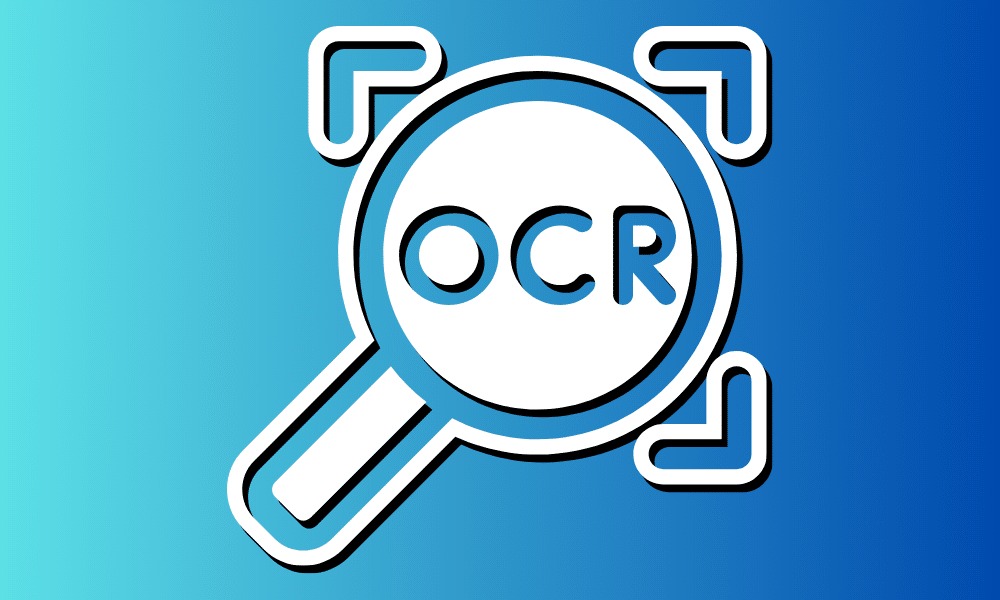In the realm of Optical Character Recognition (OCR) software, overcoming language and font challenges has been a longstanding pursuit. This article delves into the recent advancements in OCR technology that address these challenges, enabling more accurate and versatile text recognition across diverse linguistic contexts and font styles.
Understanding Language and Font Complexity in OCR
The complexity of language and font variations poses significant challenges for OCR algorithms. Languages exhibit diverse character sets, writing styles, and orthographic rules, while fonts vary in size, style, and complexity. Traditional OCR systems often struggle to accurately recognize text in multilingual documents or documents containing non-standard fonts.
Multilingual Text Recognition
Multilingual text recognition involves the accurate interpretation of text in multiple languages within the same document. This requires OCR algorithms to be language-aware and capable of distinguishing between different scripts and writing systems. Additionally, handling languages with complex characters or ligatures adds another layer of complexity to the recognition process.
Font Variations and Stylistic Elements
Fonts come in a myriad of styles, ranging from serif and sans-serif to handwritten and decorative fonts. OCR software must be robust enough to handle various font styles and accurately interpret text despite variations in size, spacing, and decorative elements. Moreover, recognizing text in artistic or stylized fonts presents additional challenges due to their unconventional designs.
Recent Advancements in OCR Technology
Advancements in OCR technology have paved the way for more effective solutions to tackle language and font challenges.
Deep Learning-Based Approaches
The integration of deep learning algorithms, particularly convolutional neural networks (CNNs) and recurrent neural networks (RNNs), has revolutionized OCR technology. Deep learning models excel at feature extraction and sequence modeling, enabling more accurate text recognition across different languages and font styles. By leveraging large-scale training data and sophisticated network architectures, deep learning-based OCR systems can generalize well to diverse linguistic and typographic patterns.
Language Modeling and Statistical Analysis
Modern OCR systems employ advanced language modeling techniques and statistical analysis to improve text recognition accuracy. Language models capture contextual information and linguistic patterns, enabling OCR algorithms to make informed predictions about the most likely interpretation of ambiguous characters or words. Additionally, statistical analysis of character and word frequencies helps prioritize more common linguistic patterns during the recognition process, enhancing overall accuracy.
Practical Applications and Implications
The advancements in OCR technology have far-reaching implications across various industries and applications.
Document Translation and Localization
Accurate multilingual text recognition enables seamless document translation and localization, facilitating communication and information dissemination across language barriers. OCR software equipped with language detection and translation capabilities can automatically identify and translate text in documents, opening up new opportunities for global collaboration and access to information.
Digital Archiving and Information Retrieval
Robust OCR technology plays a crucial role in digital archiving and information retrieval efforts, particularly for historical documents and archival materials. By digitizing text from diverse linguistic sources and font styles, OCR software preserves cultural heritage and facilitates access to valuable historical resources for researchers, historians, and scholars worldwide.
Conclusion
The recent advancements in OCR technology mark a significant milestone in overcoming language and font challenges, enabling more accurate and versatile text recognition in diverse contexts. By leveraging deep learning algorithms, advanced language modeling techniques, and statistical analysis, OCR software developers can address the complexities of multilingual text and font variations with greater precision and efficiency. As OCR technology continues to evolve, we can expect further innovations that will enhance its usability, accessibility, and impact across a wide range of industries and applications.



